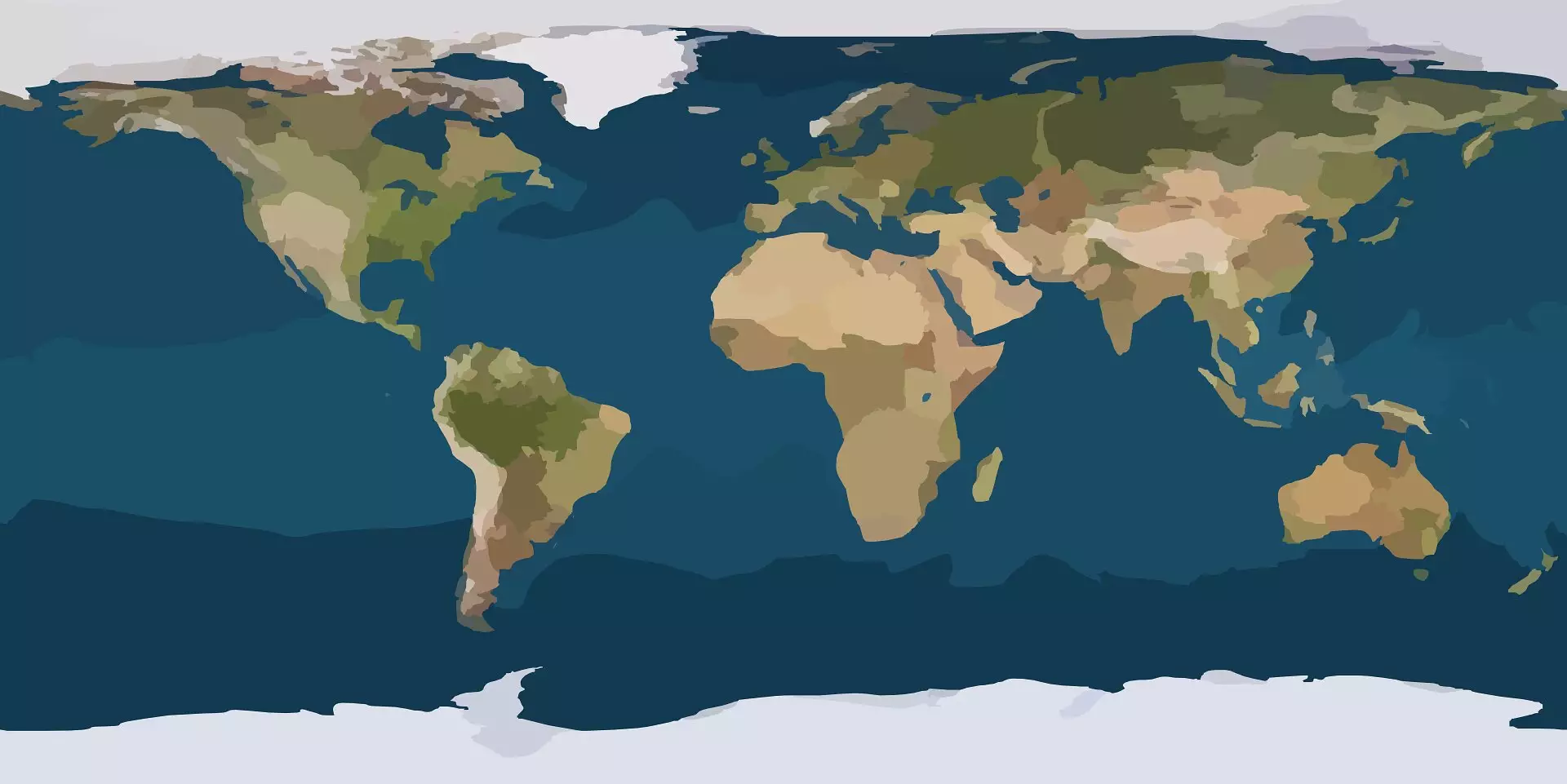A recent revelation in climate science has the potential to reshape our understanding of weather dynamics across the Southern Hemisphere. Tucked away in a small section of the southwestern Pacific Ocean, a new atmospheric pattern emanates potent ramifications that reverberate throughout the entire Southern Hemisphere. This newly identified phenomenon, dubbed the “Southern Hemisphere Circumpolar Wavenumber-4 Pattern,” has been characterized in a comprehensive study published in the Journal of Geophysical Research: Oceans. The implications of this discovery are profound, challenging the established knowledge about climate interconnections and the mechanics of weather prediction.
Distinct Characteristics of the New Climate Pattern
Unlike the well-known El Niño phenomenon, which originates in tropical regions and significantly influences weather across global climates, the Southern Hemisphere Circumpolar Wavenumber-4 Pattern arises in the mid-latitudes. This crucial distinction highlights how even remote parts of the globe can wield significant influence on larger climatic systems. According to Balaji Senapati, the lead author of the study from the University of Reading, this pattern represents a new “switch” in Earth’s climate machinery. Such observations underscore the intricate connections between oceanic and atmospheric systems, presenting vital insights for climatology that were previously obscured.
The geographical focus of this study is critical. Situated near New Zealand and Australia, this small oceanic area plays a key role in initiating temperature fluctuations that send ripples across vast stretches of ocean and air. This ripple effect elucidates the importance of localized phenomena in shaping global climate conditions, challenging prior assumptions that major changes stem from more comprehensive factors like extensive tropical currents.
The Mechanics of Climate Interactions
The methodology employed in the research is sophisticated and rigorously scientific, involving advanced climate models that simulate extensive climatic conditions over a 300-year span. By integrating atmospheric, oceanic, and sea-ice elements, scientists crafted a rich tapestry of Earth’s climatic behaviors. Through careful analysis of this data, they identified recurring patterns of sea surface temperature variations that create alternating zones of warmth and coolness—a configuration that ultimately produces a encompassing climatic circle within the Southern Hemisphere.
One of the most intriguing aspects of this pattern is how it operates like a chain reaction, demonstrating the profound interconnectedness of ocean temperatures and atmospheric conditions. When the localized waters around New Zealand and Australia warm or cool, they trigger atmospheric waves that travel eastward, affecting weather systems globally. The resultant pattern, propelled by strong westerly winds, serves to not only redistribute ocean temperatures but also to change the very wind patterns that govern climate. Such revelations suggest that even minute changes in one locality can incite significant climatic shifts elsewhere.
Implications for Weather Forecasting and Climate Prediction
With this newfound understanding of the Southern Hemisphere Circumpolar Wavenumber-4 Pattern, weather forecasting and climate prediction stand on the brink of evolution. As climate scientists work to incorporate this pattern into their models, the ability to anticipate extreme weather events and changes in climate conditions could improve significantly. The predictive power derived from this pattern has the potential to unravel past climate enigmas, providing clarity on phenomena that have previously eluded explanation.
Interestingly, this climate pattern operates independently of entrenched weather systems, such as the El Niño and La Niña phases. Its independence suggests that it has likely existed within Earth’s climate dynamics for eons but has only just now been detected. This could lead to a re-examination of past climatic events and adjustments in predictive models, effectively redefining how scientists classify and understand climate variability.
The discovery of this new atmospheric pattern is not just an academic curiosity; it embodies the dynamic and intricate nature of our planet’s climate systems. As researchers continue to explore the depths of these interactions, the knowledge gained may bolster our broader efforts to combat climate change and mitigate its impacts on global weather systems. The importance of this breakthrough cannot be overstated—understanding the nuances of our climate is paramount to securing a more predictable and stable future for all.


Leave a Reply